Chair 23D by Gustav Düsing
If you’ve an affection for a certain dynamism in your furnishings, or if you admire the kind of intricate assembly and astounding range of motion that makes the human bag of bones such an admirable piece of machinery, than Gustav Düsing’s Chair 23D might just be perfect for you. With more articulations than a double jointed basketball star, Chair 23D possesses a singularly compelling aesthetic and a solid and stable platform seat.
Chair 23D. Designed by Gustav Düsing.
The Complex Architecture of Gustav Düsing’s Chair 23D
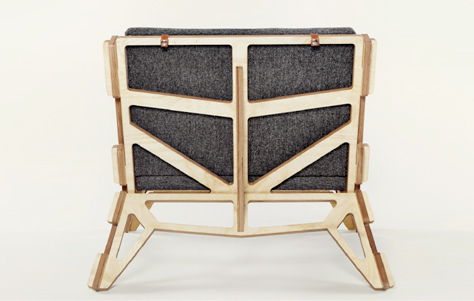
According to Düsing, “the chair is based on the natural form of a skeleton: a central backbone element defines the overall shape of the chair and branches out into a set of ribs forming the seat.” Though it’s nice to have it straight from the designer’s mouth, the analogy is really self-evident, such does the chair convey the lovely matrix of ribs, facets, and spinous processes that keep us all up on our own two feet.
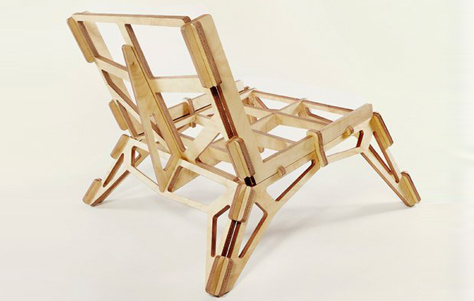
And therein may lie one difference, as the terminus of Chair 23D’s maze of bony branches is in each of its subtly flared four legs, distributing the load of the structure and the seat (and the sitter) with the aplomb of “trusses with tension and compression members.”
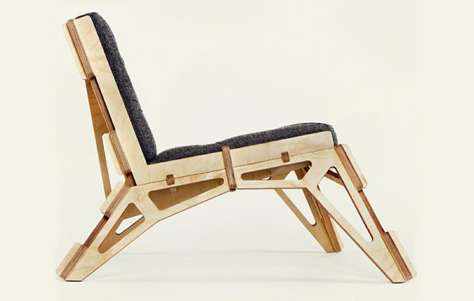
In addition to the notion of a skeletal apparatus, designer Düsing was inspired by the appealing idea of flatpack shipping and standardized assembly, for Chair 23D comes together without the aid of screws, nails, or glue, the individual elements slotting and sliding together like so many femurs and pelvises, epicondyles and scapulae: “To maintain their position, all joints are defined as an interlocking system.”
Via TreeHugger.
About the Designer: A graduate of the Architectural Association of London, designer Gustav Düsing is an expert in digital fabrication techniques and their efficient application to both architecture and furniture design. This affection for basic building blocks shows in his work. Both the Spaceframe Table and Chair 23D wear the elements of their assembly on their sleeve, so to speak, thereby evincing van der Rohe’s maxim that structure is form.
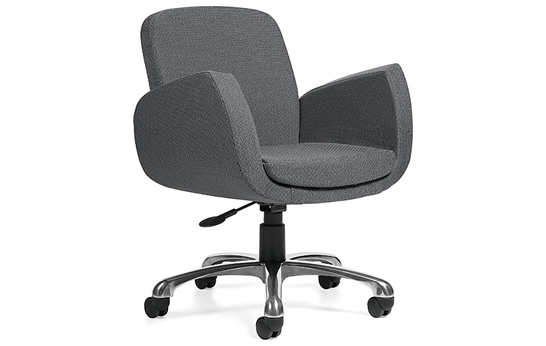

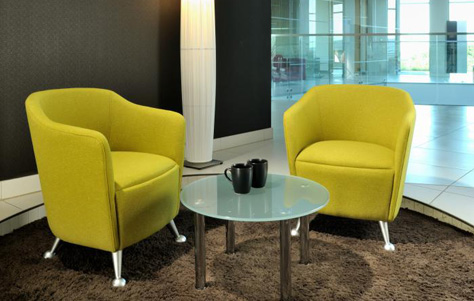

Leave a Reply